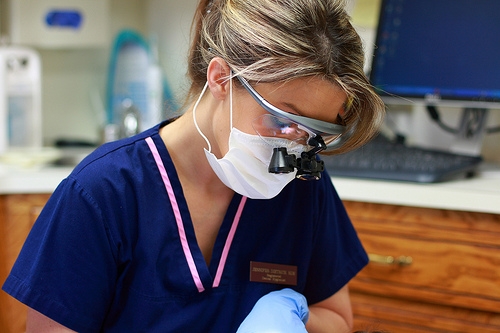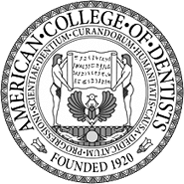Are Dental X-Rays Safe?
August 22nd, 2013

An article was recently released to the public stating that dental X-rays contribute to a type of brain cancer. After reading an article like this, your first thought may be to avoid dental X-rays, but you may want to hold off on that quick judgment. As with any treatment we offer at Princeton Restorative & Implant Dentistry, education is your most valuable tool in deciding what is best for you.
How often dental X-rays are taken is based on risk for infection, physical symptoms, and clinical findings. The American Dental Association (ADA) is a governing body over the dental profession. The ADA states, “ . . . healthy adults receive routine mouth X-rays every two to three years. Dental X-rays are recommended every one to two years for children and every 1.5 to three years for teens. Children often require more X-rays than adults because of their developing teeth and jaws and increased likelihood for cavities.” [1]
The article summarized, "The chance of these tumors arising in patients who were X-rayed yearly was low," he notes in a news release. "Nonetheless, dentists and their patients should strongly consider obtaining X-rays less often than yearly unless symptoms suggest the need for imaging."[2] The article was also described as flawed because of inconsistent supporting evidence.
Caries risk category often determines how often dental X-rays are taken. The most recent documented resource to determine a caries risk is Caries Management by Risk Assessment (CAMBRA). This was adopted by the ADA and is used by dental professionals giving interval recommendations for X-rays.
With knowledge of your risk for dental infection, you will be informed by Dr. Stephen Hudis of the interval at which dental X-rays should be taken. You can rest assured that the standards published by the ADA have been researched extensively and are there to protect your personal health and safety.
Dental X-rays are most commonly digital, which significantly reduces exposure. There is more radiation exposure from the sun or in an airplane than in a dental X-ray. It is common practice to use a lead apron with a thyroid collar for protection during X-ray exposure.
Having a cavity means having an active, potentially harmful infection. Diagnosing such infection with minimal exposure through digital dental X-rays at our Princeton, NJ office does more good than harm.
[1] http://www.webmd.com/brain/news/20120410/dental-x-rays-linked-brain-tumors?page=2
[2] http://www.webmd.com/brain/news/20120410/dental-x-rays-linked-brain-tumors?page=2







